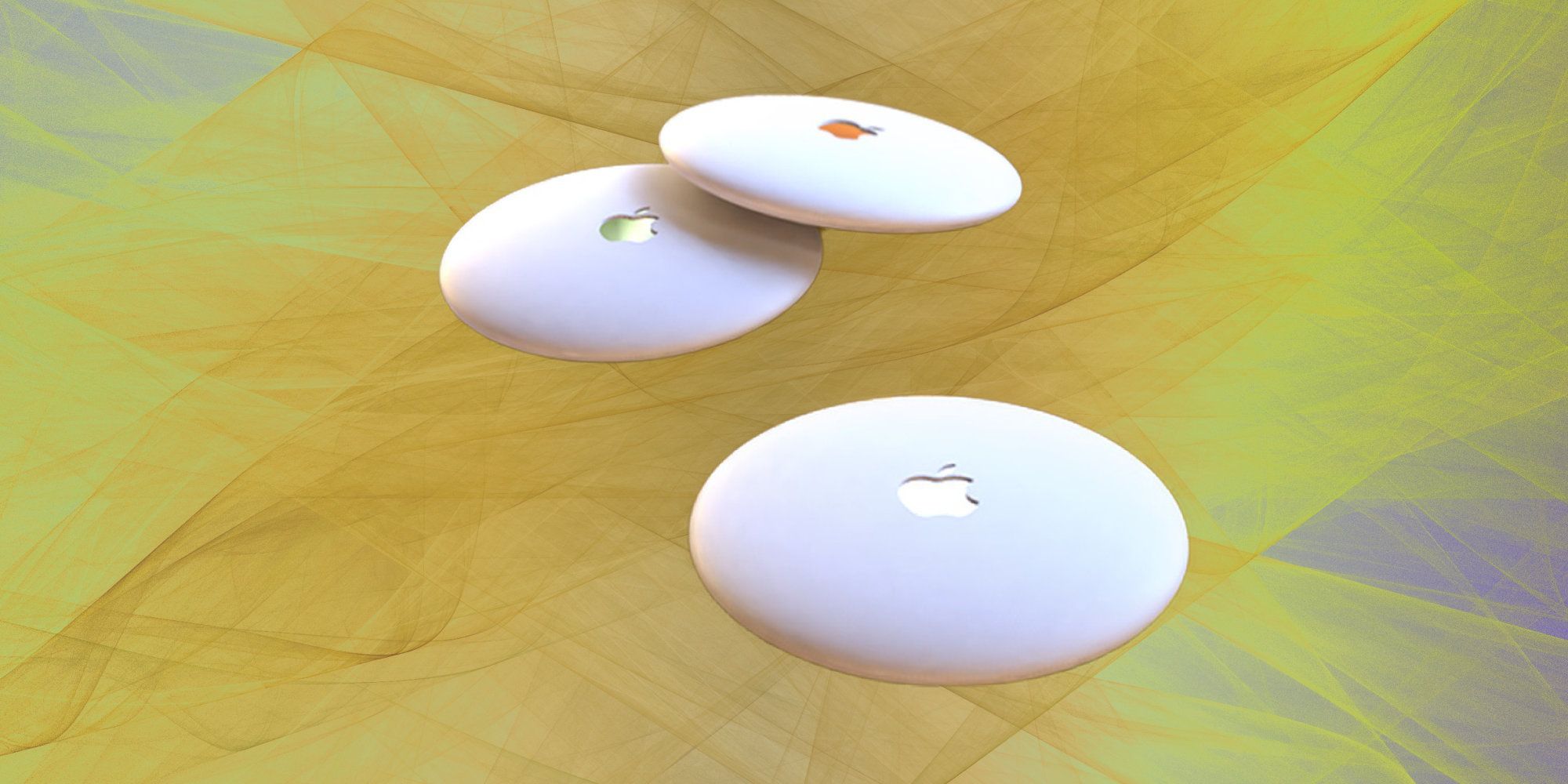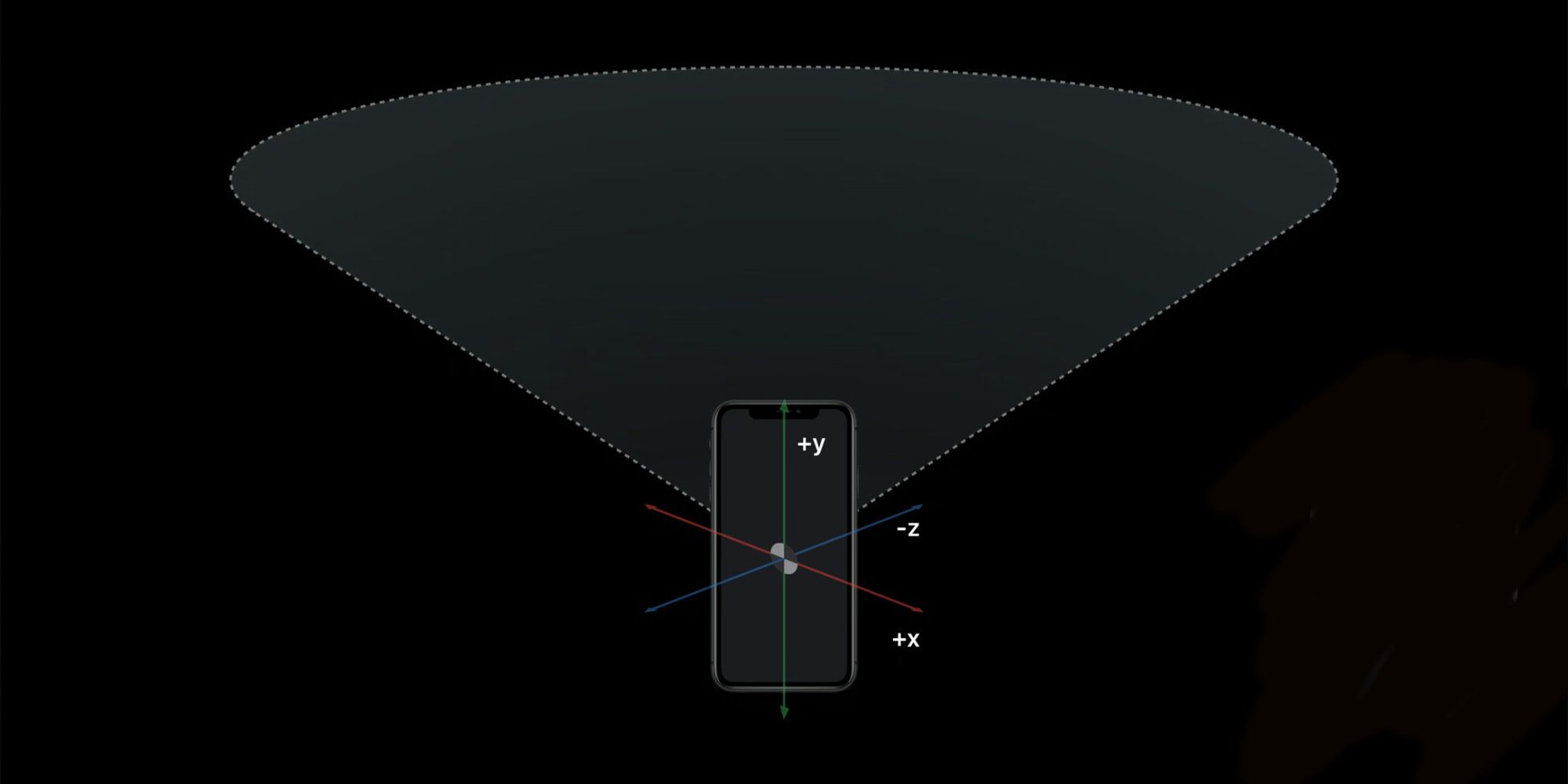
Apple's long rumored AirTag locator has leaked again. The location tracking beacon will help iPhone owners find lost or misplaced items with remarkable accuracy. Since AirTags use ultra-wideband frequencies, they should be much better than Tile beacons, here's why.
Tile relies on Bluetooth signal strength to determine when a beacon is near and beeps to help the user locate the lost item. This provides a good general idea of which region to check, but doesn't point to a specific place. Tile's first product was released in 2013, selling millions of beacons. Variations have appeared, but the overall technology hasn't changed much. That leaves room for Apple to capture the market with more advanced technology.
Rumors of the AirTag began in 2019 and the existence of the AirTag was accidentally confirmed in April by Apple in a support video that showed a settings screen mentioning AirTags. The video has since been removed, but was spotted by Appleosphy. This aligns with information leaked by Apple analyst Kuo via MacRumors last year. AirTags would compete directly against Tile, a Bluetooth-based location beacon. AirTags, however, are expected to use Apple's U1 chip which makes use of highly directional ultra-wideband (UWB) technology. The U1 was first introduced with the iPhone 11, but the only use so far has been to simplify sharing photos and files via AirDrop - the direction the phone is pointed affects which recipient appears at the top of the share option. While a nice convenience feature, it isn't sufficient reason to include the U1 in the iPhone. That alone suggests Apple has other plans for the U1 and this meshes perfectly with AirTags.

Apple demonstrated the effectiveness of the U1 chip for locating an item during its 2020 World Wide Developers Conference. The demo video is oriented toward programmers, but shows how an app that uses the U1 can give both distance and angle to 'find' another iPhone in a room, without needing to rely on sound to aid the searcher. This is much more effective and if offered at a competitive price could be a crushing blow to Tile. So far there have only been conceptual renders and rumors of what the Apple AirTag will look like. Based on similar technology, these tags are expected to be a circular object that's about one-quarter inch thick. A recent rumor from Macotakara, based on a supposed leak by a supply chain vendor in China, suggests the AirTag is in production for release at the same time as the iPhone 12.
Both Bluetooth and UWB have limited range and wont transmit through walls. This means both types of locator technology must rely on a GPS signal from a phone in order to find a lost item that is further than a few feet away. Tile uses an anonymous network of Tile owners that have the Tile smartphone app installed, but only if location access isn't disabled by the device owner. Apple has an advantage over Tile in terms of a potential tracking network and preferential access to data. Every Apple device that includes the U1 and a GPS could potentially become part of an anonymous U1 device tracking network. Apple has sold tens of millions of the iPhone 11, Pro and Pro Max, giving the company a massive lead in network size versus Tile. In addition, the directionality that the U1 chip provides should also greatly improve the usefulness of Apple's locator tags.
Source: MacRumors, Macotakara, Appleosphy
from ScreenRant - Feed https://ift.tt/2ENfB4t





No comments: